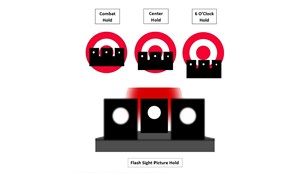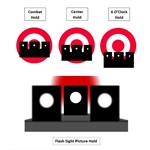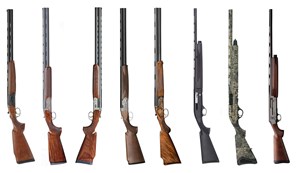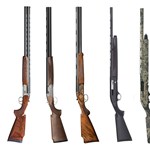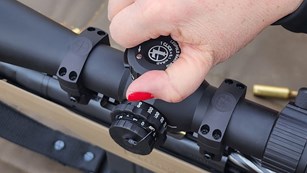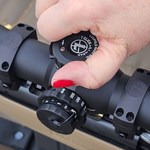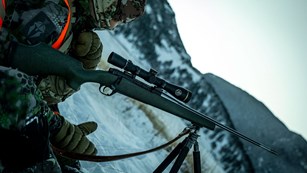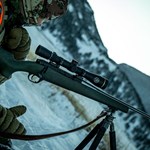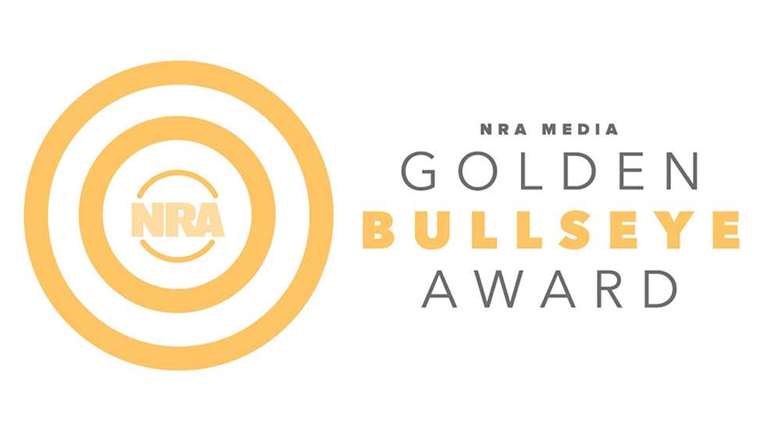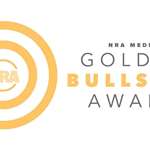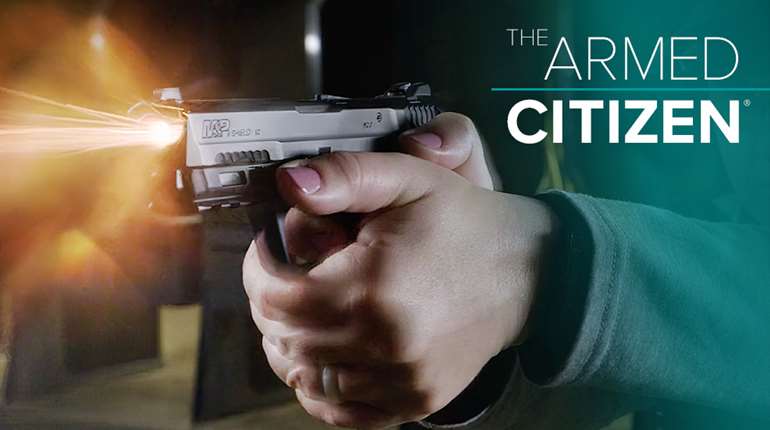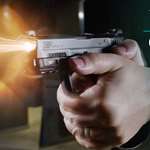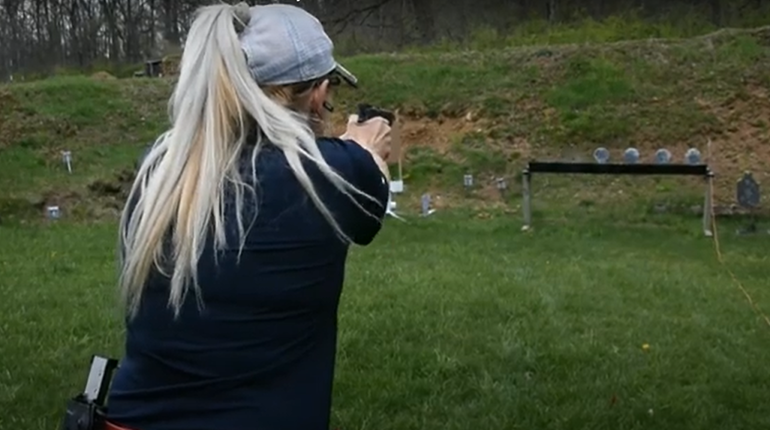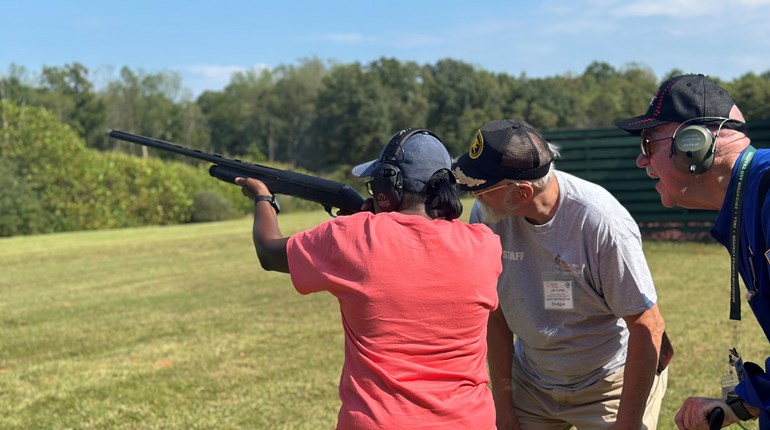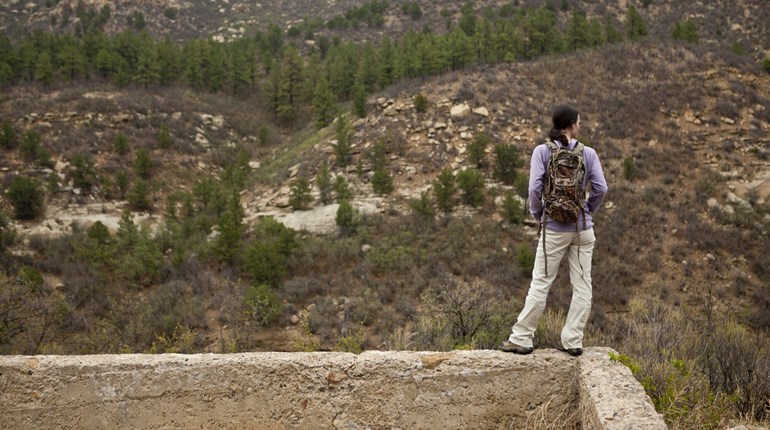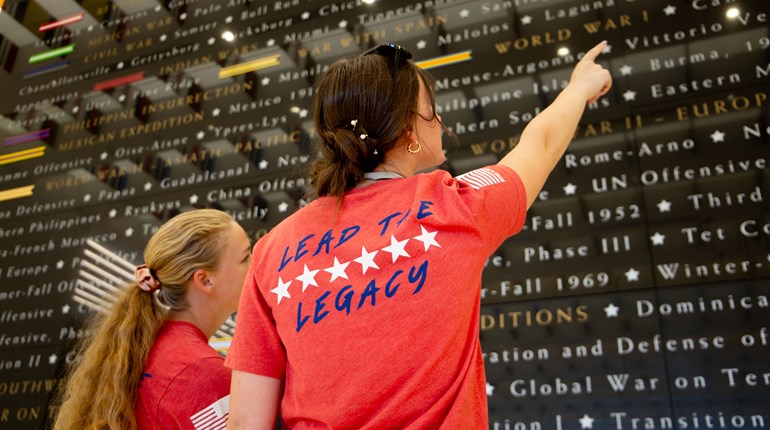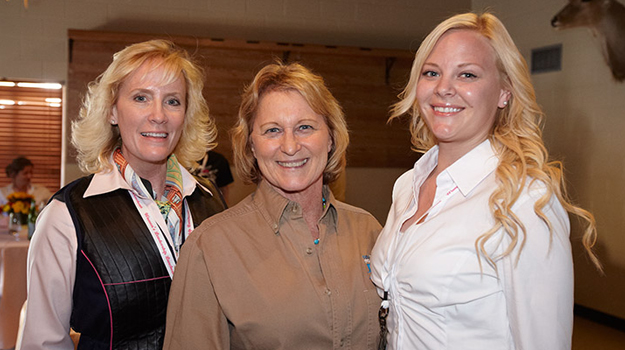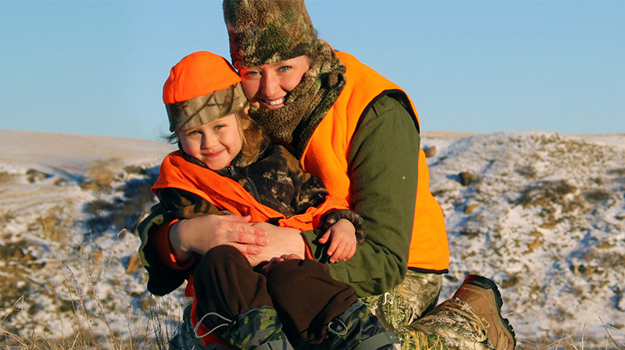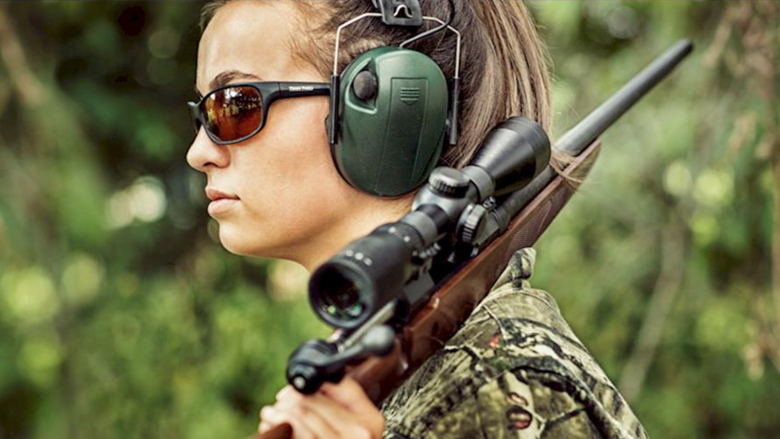
Riflescopes can be as simple or as complicated as you want—there’s a huge spectrum of features and prices out there. Before you buy, you need to understand a few key pieces of lingo and how they relate to real-world use.
FFP vs SFP
Whether you want a first focal plane (FFP) or second focal plane (SFP) scope is a matter of personal preference based on how you plan to use the scope. What’s the difference?
Without getting into the specifics of how and why, it’s a matter of whether or not the scope’s reticle (crosshairs) is affected by the magnification. On a first focal plane scope, when you crank up the scope’s magnification to see something that’s farther away, the reticle gets bigger as the target image gets bigger. On a second focal plane scope, the target image gets bigger as you magnify, but the reticle stays the same size.
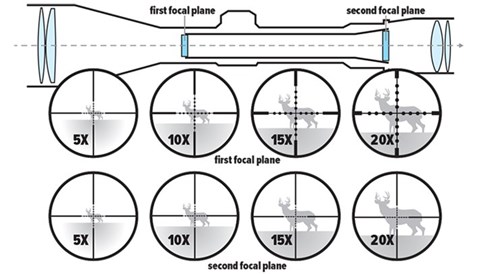
FFP scopes are very handy if you plan to use the reticle for measuring, as long-distance shooters do. Because the reticle and the magnification enlarge together, the hashmarks in the reticle always represent the same measurement—in an MOA scope, one hashmark will also be 1 MOA no matter what the magnification is set to. In a SFP scope, however, the reticle doesn’t change size, but the target image does, so the measurements the hashmarks represent change as the target gets bigger. In an MOA scope, one hashmark represents 1 MOA only when the magnification is cranked all the way up. If your maximum magnification is 24X but you only have it dialed to 8X, your hashmarks now only represent 1/3 MOA (because 8 is one-third of 24). If you don’t care about the hashmarks, no problem, but if you’re using them to call wind or measure distance, a SFP scope introduces way more math into the picture than I want to deal with.
The downside of a FFP scope is that because the reticle gets larger as the image gets larger, it can sometimes seem big and clunky and can obscure parts of a small target. But if you shoot long range, you probably want a FFP scope. If you don’t shoot past a few hundred yards, particularly if you’re a hunter who wants to maximize your view of the target, you probably want a SFP scope.
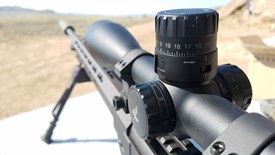
Objective Lens Size
The objective lens of a scope is on the end that’s farther away from you. This is the last number in a scope’s description when it’s written like this: 3-9x40. In this case, the objective lens is 40mm, and that’s a very common size for a hunting scope.
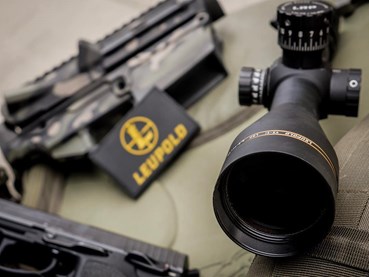
Bigger objective lenses allow more light to enter the scope, and if you plan to use this scope in low light conditions (like hunting), this might be valuable to you. It’s only good to a certain point, however, because the human eye can only take in so much light at once, and this amount diminishes with age. At some point, a large objective lens might be giving your eye more light than it can process, which is just a waste. And it’s worth noting that light transmission is affected by the quality of the lenses themselves and the coatings used on them. A big objective lens made of cheap glass is not going to transmit light as well as you’d hope—in other words, don’t waste your money on a big, poorly made scope.
A larger objective lens also makes higher magnification more useful, so if you shoot long-range, this is a consideration.
Bigger objective lenses are heavier, which matters if you’re carrying the gun a long way, and they also mean the scope has to sit higher on the gun, which might create a fit problem with your stock. You can solve this with a higher comb, but if you don’t need excellent light transmission (and the higher price tag that comes with a bigger objective lens), why go through the trouble?
Magnification Range
The magnification range is represented by the first two numbers in a scope description: in the case of a 3-9x40 scope, the magnification range is 3X to 9X, meaning the scope will show you the image as if it were three to nine times larger than you could see with your naked eye. The 3-9X range is more than adequate for hunting at normal distances. If you’re going to shoot long-range, you will likely want more magnification, although it’s always best to shoot with your magnification as low as possible to maintain a wider field of view and get the best quality image.
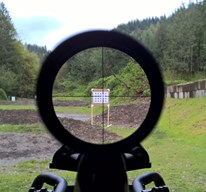
Ideally, you want to buy just as much magnification as you need, and no more. The higher and broader the magnification range, the more expensive the scope, and at higher and higher magnifications, your field of view becomes smaller and the image is much more sensitive to movement—you’ll have a harder time getting back on target after recoil or other movement if you’re zoomed in tightly.
The more you magnify an image, the more the image begins to suffer from phenomena like spherical aberration and chromatic aberration. All that means in real language is that higher magnification gives you images that start to get blurry and distorted at the edges.
If you’re hunting, stick with a magnification range somewhere between 1X (for close-up work) and 15X. A 3-9X, 4-12X or 5-15X scope will be perfect. If you plan to do long-range precision shooting with this scope, you’ll want a higher range that tops out at 25X or even higher. Don’t spend the money on more range than you need.
